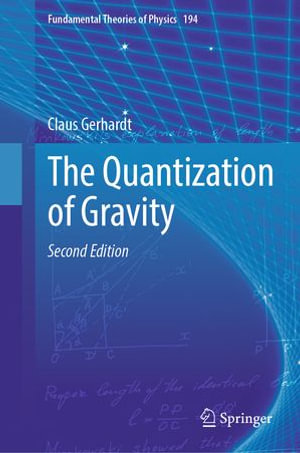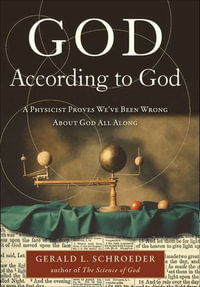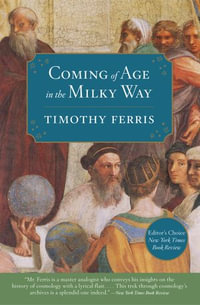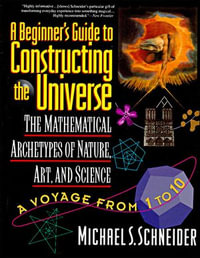
eTEXT
At a Glance
eText
$219.00
or
Instant online reading in your Booktopia eTextbook Library *
Read online on
Desktop
Tablet
Mobile
Not downloadable to your eReader or an app
Why choose an eTextbook?
Instant Access *
Purchase and read your book immediately
Read Aloud
Listen and follow along as Bookshelf reads to you
Study Tools
Built-in study tools like highlights and more
* eTextbooks are not downloadable to your eReader or an app and can be accessed via web browsers only. You must be connected to the internet and have no technical issues with your device or browser that could prevent the eTextbook from operating.
ISBN: 9783031679223
ISBN-10: 3031679229
Series: Fundamental Theories of Physics : Book 194
Published: 5th November 2024
Format: ePUB
Language: English
Publisher: Springer Nature
Volume Number: 194
Edition Number: 2
You Can Find This eBook In
This product is categorised by
- Non-FictionSciencePhysicsApplied PhysicsGeophysics
- Non-FictionSciencePhysicsClassical MathematicsGravity
- Non-FictionScienceAstronomy, Space & TimeCosmology & The Universe
- Non-FictionSciencePhysicsQuantum Physics & Quantum Mechanics & Quantum Field Theory
- Non-FictionSciencePhysicsMathematical Physics
- Non-FictionSciencePhysicsParticle & High-Energy Physics























